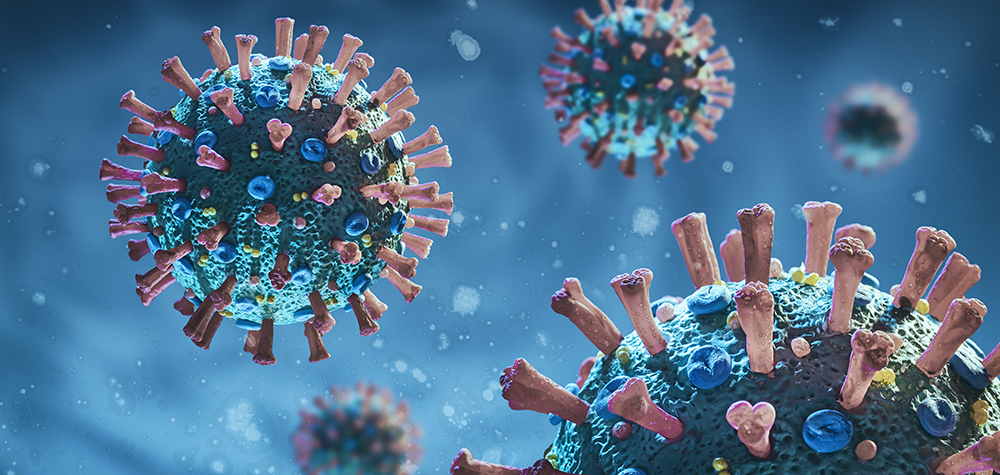Insights: Applying HVAC Technologies to Control Viral Spreads

The team at C&S is sympathetic to the challenges that our clients are facing during this time. Just like you, our engineers are using their expertise to develop best practices that will help our clients through these ever changing times. With our in-depth experience in facilities for higher education, healthcare and both private and public facilities, our mechanical HVAC engineers have been planning their design practices to focus on better air quality and methods for controlling the spread of viruses and bacteria.

There are many technologies that exist to help improve air quality. Some technologies that were created for the healthcare field now find purpose in other facilities such as higher education. Having the knowledge of these technologies and knowing where and how they should be implemented needs to be carefully examined. For instance, providing High Efficiency Particulate Air (HEPA) filters in HVAC equipment, in lieu of lesser quality air filters, is a common practice to improve indoor air quality. However, their application is dependent on the type of equipment utilized. Due to the increased air resistance associated with HEPA filters, their application is not always possible.
Other technologies such as bi-polar ionizers and ultra-violet lights can also be utilized. This technology kills bacteria and viruses and can be located either in the HVAC equipment, in the distribution ductwork or with certain UV light products.
Bi-polar ionizer technology works by converting oxygen molecules into charged atoms that will form around micro-particles. When the charged atoms come in contact with viruses, bacteria and mold, they remove the hydrogen molecules, and without them the pathogens do not have a source of energy and die. Another benefit is the charged atoms will attach to water vapor or dust which will enlarge them enough to be caught more efficiently in the systems air filters.

With the ultra-violet light technology, UV-C light is used to kill viruses, bacteria, and mold by destroying the DNA of the pathogen. However, this light is dangerous to humans, so proper planning needs to occur when designing these systems.

C&S professionals have always considered themselves as an extension of staff to our client counterparts. That statement has even more meaning during these times when our clients find themselves needing to team with professionals to help solve the large number of challenges that our clients face. We are here for you, as we have always been.
Douglas Obrist, PE
Principal Engineer
For information on how to implement these technologies into your facilities, contact Doug Obrist at (315) 455-2000 or by email at dobrist@cscos.com.